Writer-director Richard Linklater was surprised by how emotional he found shooting Boyhood, his ballad of family life. Jeremy Kay reports.
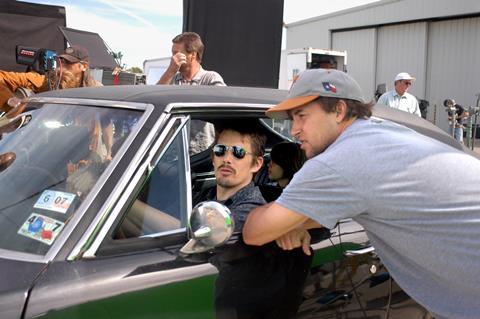
“I’ve never made a movie over two hours. It was kind of wonderful and very odd to do,” says Richard Linklater, the Austin-based writer-director of Boyhood, which has a running time of 165 minutes.
“I bet the whole farm on the idea that this collection of intimate moments would add up to something, just because they’re people living their lives the way we all do.
“To feel that kick in with an audience is how it felt to make it. After every day it was, ‘Is there enough going on? Are there enough plot points?’ It wasn’t my inclination [to complicate things] - I played it low-key.”
Ethan Hawke, Linklater’s long-time collaborator, attests to the lack of bombast in Boyhood and by extension the film-maker himself, who recently picked up the LA Film Critics Association’s best director award to add to his Berlinale Silver Bear.
‘Casting Mason was like figuring out who would be the next Dalai Lama’
Richard Linklater, film-maker
“We have jobs, but underneath our lives there’s this river of our families,” says the actor. “I got an opportunity to make a movie about the nuance of family life and tell the truth.”
A life project
The notion of Boyhood had been percolating for years. “It was always there,” says Linklater. “Every film is a life project. You have to pick your subject matter carefully and I knew I would never tire of it.”
Linklater says Ethan Hawke and Patricia Arquette were already wedded to the idea of playing the on-screen mother and father when IFC Films committed to financing the project in 2001. Linklater’s daughter, Lorelei, would play the family’s daughter, Samantha. The last major role to fill was that of the son, Mason.
The director had to find a child lead who would be able to keep audiences glued to the screen as he progressed from first through to 12th grade.
“It was a huge thing and Rick downplays everything,” says IFC Films president Jonathan Sehring. The search lasted months, but eventually they found Ellar Coltrane.
“It was like figuring out who would be the next Dalai Lama,” says Linklater. “Ellar was a really cool guy who loved art, stories, movies and music. I’d seen his dad’s band, [but] I didn’t really know them. I met lots and lots of kids over several months. There were a lot of different ways to go. I cast a different kind of kid.”
Devout Texan that he is, Linklater resolved to keep the 12-year production in-state. With minimal fuss, he and casting director Beth Sepko unearthed a new batch of supporting actors each year before the next round of filming. “Ultimately it’s 12 years, 12 scripts, 12 productions,” Linklater explains. “Within that, it had quite a structure. I knew the last shot. Patricia had a plan for her character. The design and structure is very important; the dialogue almost less so.”
Production kicked off in July 2002. For the next 11 years they would assemble, go over new lines and shoot for a few days.
“It was so quick as to not even be an issue, we never even talked about it,” says Linklater. “It’s a little bit like running into an old friend you haven’t seen in a while.”
The film-maker is a master of understatement: “I really can say things worked the way it was planned.”
Staying in touch
For everyone to keep to the schedule, Linklater and producer Cathleen Sutherland dedicated plenty of time each year to navigating their way through the collective cast’s schedules.
Arquette and Hawke, like Linklater himself, tended to be the busiest, while Coltrane remained relatively easy to get hold of as he progressed through school.
‘This is the guy who made Slacker. For me, Slacker and Dazed And Confused were the most instrumental movies of our generation’
Ethan Hawke
This was a good thing, because the director knew how important it would be to maintain a close bond with his young star and quietly watch his evolution into a young man as time went on.
“Years were different,” says Linklater. “We live in the same town. We’d see each other. I would invite him to events, we would go to lunch. It’s kind of an ongoing thing, but I was also taking his temperature about what was going on in his life. I was thinking about where he was at, developmentally.”
The unassuming Linklater inspires a deep reverence in his cast and crew. Everyone is fully aware of the supreme skill it takes to pull off a film like Boyhood.
“It would be one thing if it was a guy out of the blue, but this is the guy who made Slacker,” says Hawke. “For me, Slacker and Dazed And Confused were the most instrumental movies of our generation. I worked with him on Before Sunrise and it was one of the greatest experiences of my career.”
Linklater himself says he was surprised by how emotional the project was. “The building intensity was something I didn’t anticipate,” he says of the marathon filming process. “Starting out, I thought it would maybe feel like an obligation.”
The production built and built to the final sunset shot on the last day of the shoot in Big Bend Ranch State Park close to the Mexico border. “I have never experienced anything like it,” Linklater says of that final take.
He may have developed a taste for this kind of thing. Now that Boyhood is establishing itself in the rear-view mirror would Linklater, who just wrapped shooting the college comedy, That’s What I’m Talking About, consider another multi-year project?”
“I wouldn’t be surprised,” he replies. “It’s the way my mind looks at cinema and narrative.”

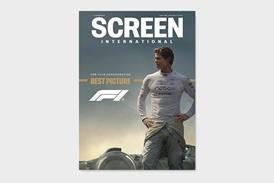
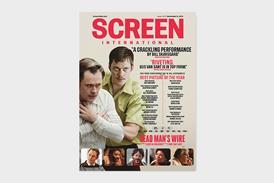
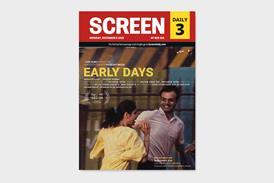
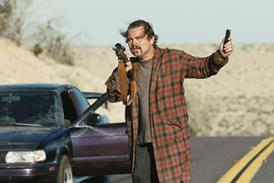
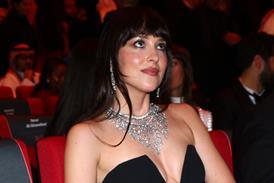
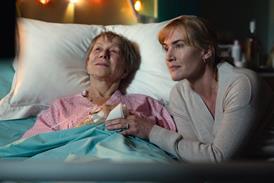


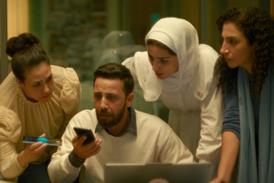




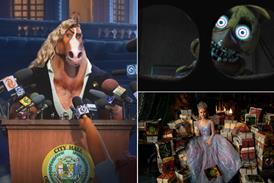

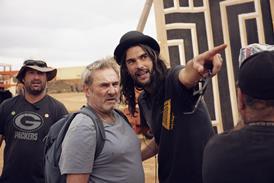







No comments yet